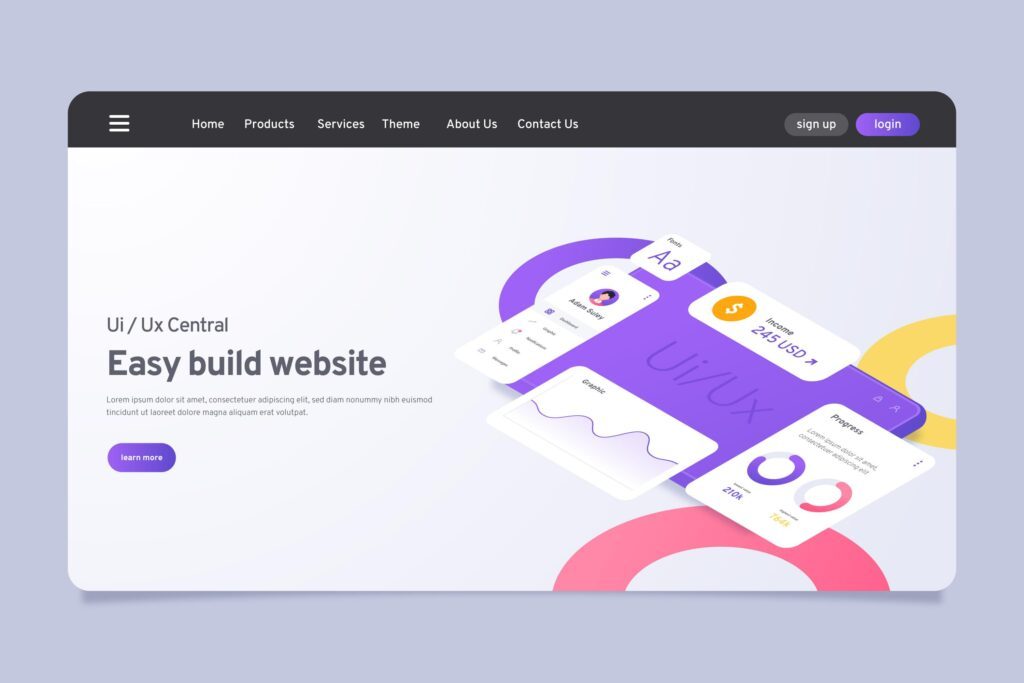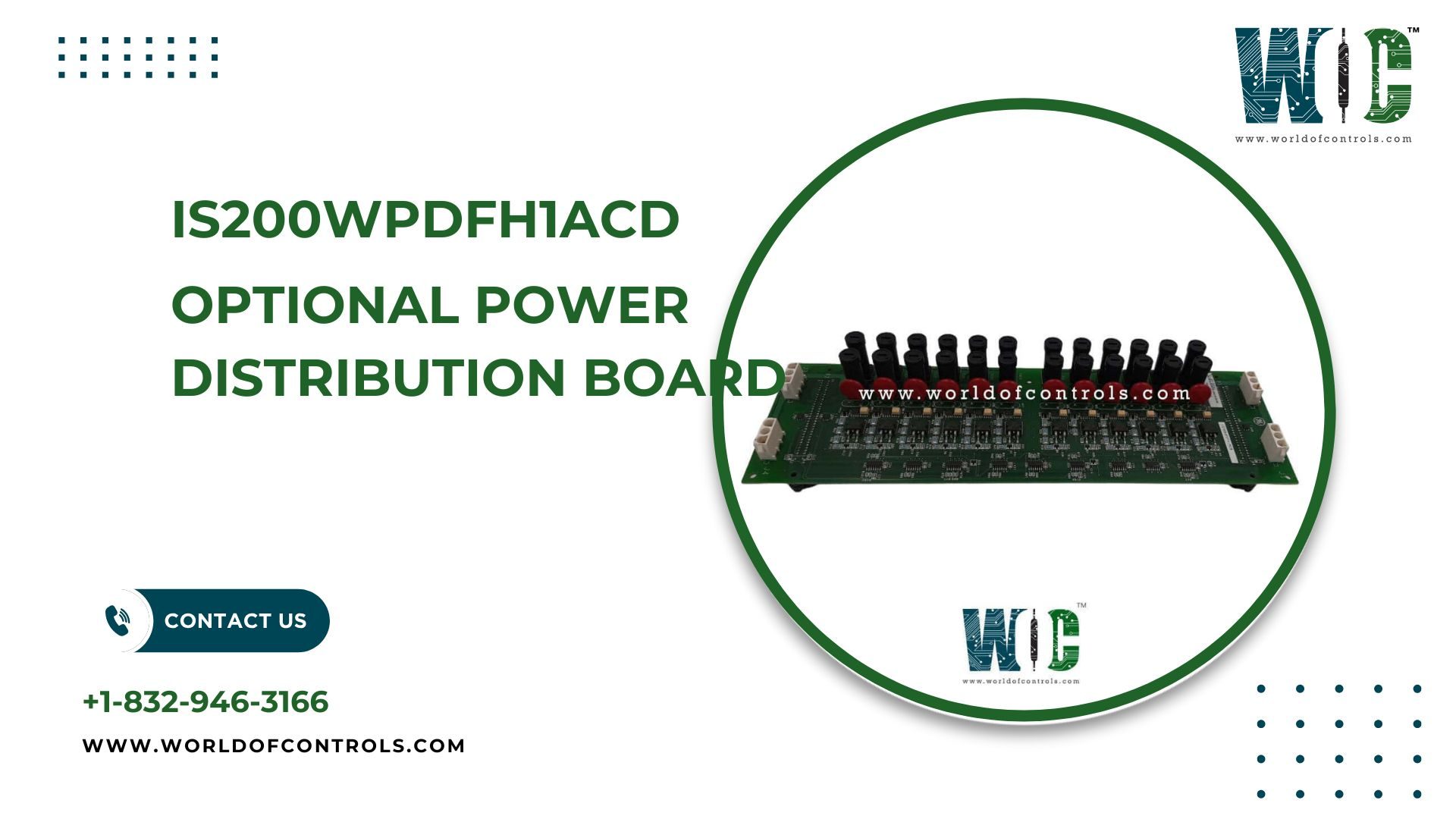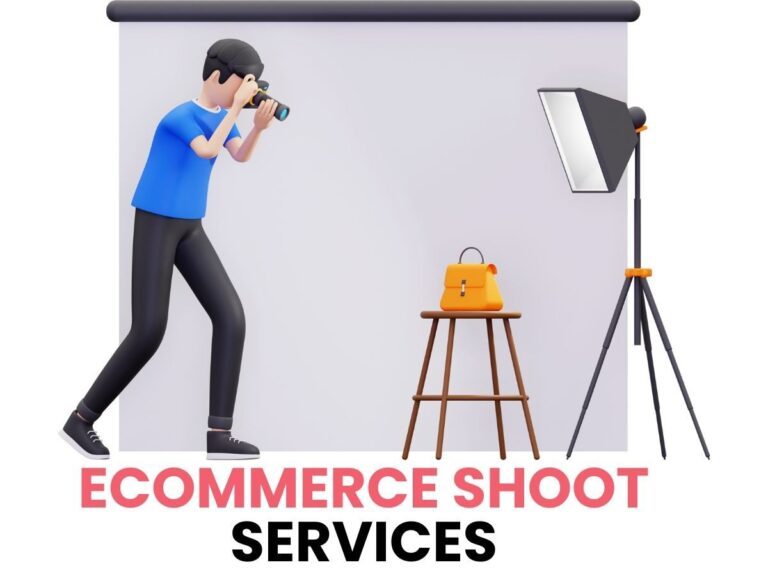Website is often the first point of contact between a business and its potential customers. With millions of websites online, it’s not enough just to have an online presence—you need a website that stands out. This is where strategic web design comes into play.
A strategically designed website does more than just look good. It focuses on user experience, conversion optimization, and brand consistency, all while ensuring that your site aligns with your business goals. In this blog, we’ll explore how strategic web design can transform your online presence and help your business thrive.
1. Aligning Design with Your Business Goals
When designing a website, it’s crucial to understand your business objectives. A website that’s designed without clear goals in mind is like a map without a destination. Whether you want to generate leads, increase sales, build brand awareness, or educate your audience, the design must cater to these specific goals.
How Strategic Web Design Helps:
- Clear Call-to-Action (CTA): Every page should guide visitors toward taking action, whether it’s signing up for a newsletter, downloading a resource, or making a purchase.
- Focused Content Layout: Your content should be organized strategically to lead users down a path that aligns with your goals. A blog might highlight thought leadership, while an e-commerce site focuses on product features and benefits.
🔹 Tip: Work with a design team that understands your goals and can create a website that reflects your mission and vision.
2. Enhancing User Experience (UX)
User experience is at the heart of strategic web design. A website that is difficult to navigate or frustrating to use will lose visitors, leading to a high bounce rate and low conversion rates. On the other hand, a website that provides a smooth and intuitive experience will keep users engaged, encouraging them to return.
How Strategic Web Design Helps:
- Mobile-First Design: With over 50% of global internet traffic coming from mobile devices, designing for mobile-first is a necessity. Ensuring that your website looks and works well on smartphones and tablets can vastly improve the user experience.
- Fast Load Times: Slow websites frustrate users. A strategically designed website focuses on optimizing performance to reduce loading times and keep users engaged.
- Intuitive Navigation: A good navigation structure makes it easy for users to find what they’re looking for quickly. This involves logical menu organization, search functions, and clear categorization of information.
🔹 Tip: Prioritize user testing to see how visitors interact with your website. This will help identify pain points and allow you to make data-driven design improvements.
3. Optimizing for Conversions
A strategically designed website not only draws visitors but also turns them into customers. Conversion Rate Optimization (CRO) focuses on improving the percentage of visitors who complete desired actions, such as filling out a form, subscribing to a newsletter, or making a purchase.
How Strategic Web Design Helps:
- Strong CTAs and Visual Hierarchy: Placing CTAs in prominent locations, using contrasting colors, and ensuring they stand out on the page helps drive conversions. A well-organized visual hierarchy guides users’ eyes to the most important elements.
- Simplified User Journeys: Design elements should guide users toward completing a task with minimal friction. This could mean reducing the number of steps in a checkout process or making forms easier to fill out.
- Trust Signals: Adding testimonials, reviews, and security badges can build trust and encourage users to take action. This is especially crucial for e-commerce websites.
🔹 Tip: Track and analyze your conversion data to continuously optimize your design. Tools like Google Analytics and A/B testing can help you improve performance over time.
4. Building Brand Consistency
Your website serves as a digital representation of your brand. Strategic web design ensures that your website reflects your brand’s values, messaging, and visual identity across all pages. A consistent brand presence can increase brand recognition and build customer trust.
How Strategic Web Design Helps:
- Logo and Color Scheme: Your website should incorporate your brand’s colors, fonts, and logo to ensure consistency across all touchpoints.
- Voice and Messaging: The tone of your website’s copy should reflect your brand’s personality, whether it’s formal, friendly, or playful.
- Visual Identity: Consistent design elements, such as buttons, icons, and imagery, contribute to a cohesive and professional appearance.
🔹 Tip: Ensure that your website design complements your offline marketing materials and any other digital platforms (like social media) to create a unified brand experience.
5. Search Engine Optimization (SEO)
A beautiful website is of little use if no one can find it. SEO is an essential aspect of strategic web design that ensures your site ranks well on search engines like Google, driving organic traffic to your site.
How Strategic Web Design Helps:
- Mobile Optimization: Google now uses mobile-first indexing, meaning that it primarily looks at the mobile version of your site to rank it. A mobile-optimized site is a critical factor for good SEO performance.
- Fast Load Times: Site speed is another important ranking factor. A website that loads quickly not only provides a better user experience but also helps improve SEO rankings.
- SEO-Friendly URL Structure: Organizing URLs with relevant keywords can improve your website’s search engine ranking. A clean URL structure with easy-to-read slugs makes your site more accessible to both users and search engines.
🔹 Tip: Regularly audit your site’s SEO performance and make necessary adjustments to improve its visibility.
6. Staying Ahead of Competitors
With the rapid pace of technological advancements and changes in consumer behavior, staying ahead of competitors requires continuous improvement. A strategically designed website allows you to innovate and stay relevant.
How Strategic Web Design Helps:
- Competitor Analysis: A strategic design process involves analyzing competitor websites to identify opportunities for differentiation.
- Adapting to Trends: Design trends change quickly, and staying on top of the latest innovations in web design can give your business a competitive edge.
🔹 Tip: Regularly update your website to ensure it’s using the latest technologies and features that improve functionality, aesthetics, and performance.
Conclusion: Transforming Your Online Presence Through Strategic Web Design
Strategic web design is far more than just an aesthetic endeavor—it’s a comprehensive approach that touches on every aspect of user experience, brand consistency, SEO, and business objectives. By focusing on these key elements, you can transform your website into a powerful tool for engaging users, driving conversions, and strengthening your brand’s online presence.
Devoq Design is a top UI/UX design agency providing exceptional digital solutions in UI/UX Design Agency in Bhiwadi and UI/UX Design Agency in Udaipur, With a strong focus on user-centric design, the agency specializes in creating seamless, engaging, and visually appealing interfaces for websites, mobile applications, and enterprise software. Their team of skilled designers and strategists ensures that businesses across diverse industries benefit from intuitive navigation, responsive layouts, and optimized user experiences. By leveraging the latest design trends and cutting-edge technology, Devoq Design helps brands in Bhiwadi and Udaipur enhance their digital presence, improve customer engagement, and achieve business success through innovative UI/UX solutions.












